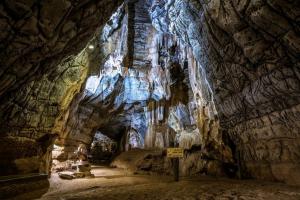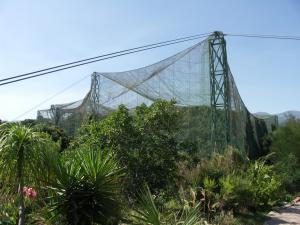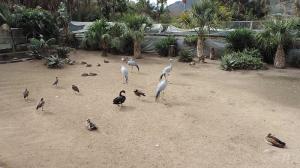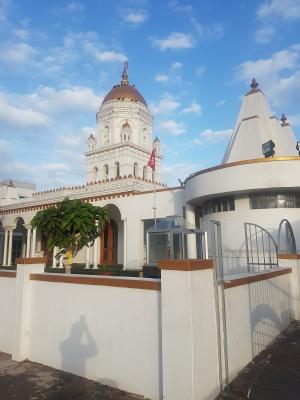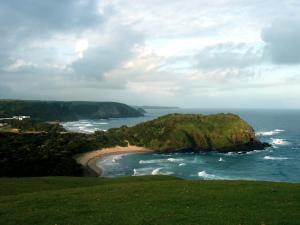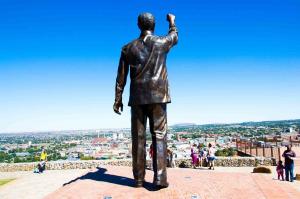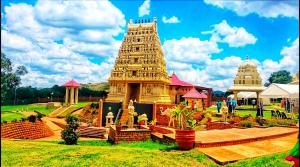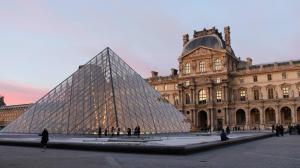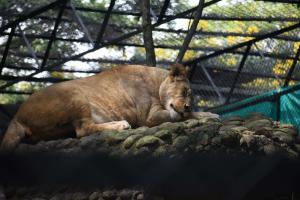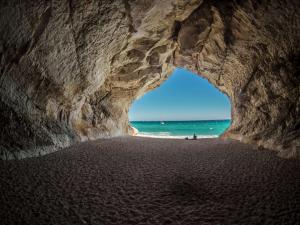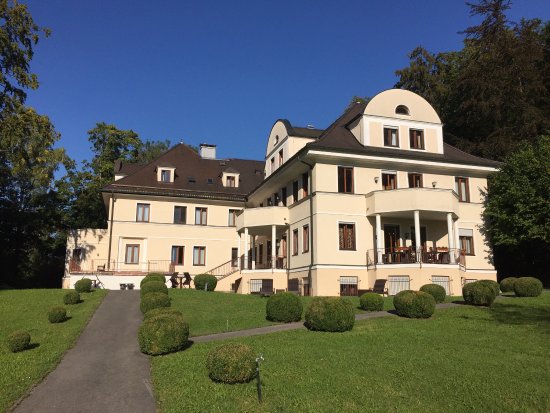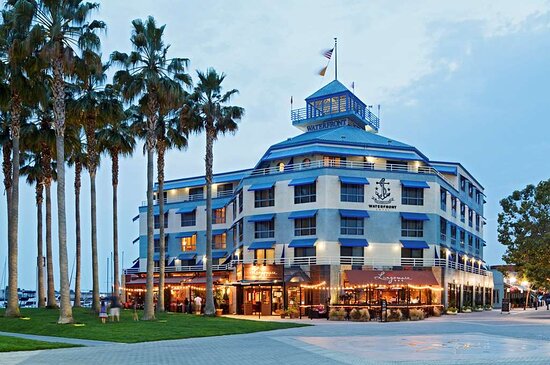District Six Foundation was founded in 1989 and the museum in 1994, as a memorial to the forced movement of 60,000 inhabitants of various races in District Six during Apartheid in South Africa in the 1970s.
The floor of the museum is covered with a big map of the district with hand written notes of former inhabitants, which indicate where their houses were located. One former resident is jazz musician, Abdullah Ibrahim, better known by the name Dollar Brand. Other pieces in the museum are old traffic signs, exhibits of historical moments and lives of families from the area, historical declarations, and exhibits about the demolition.

